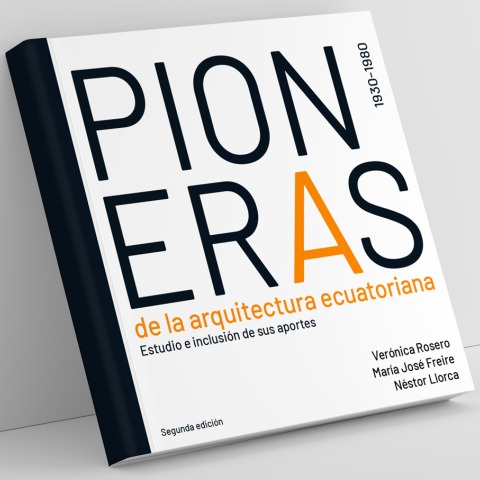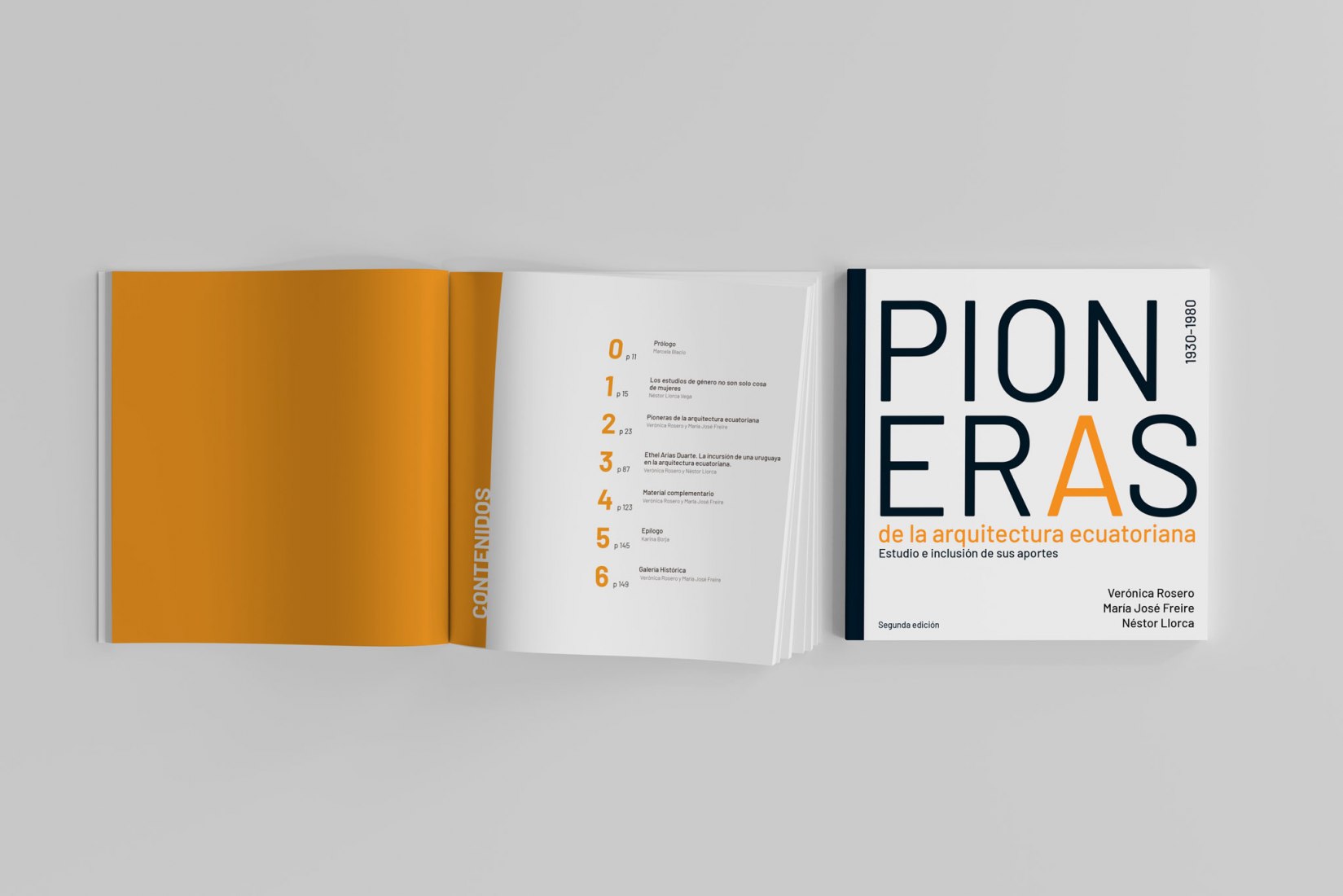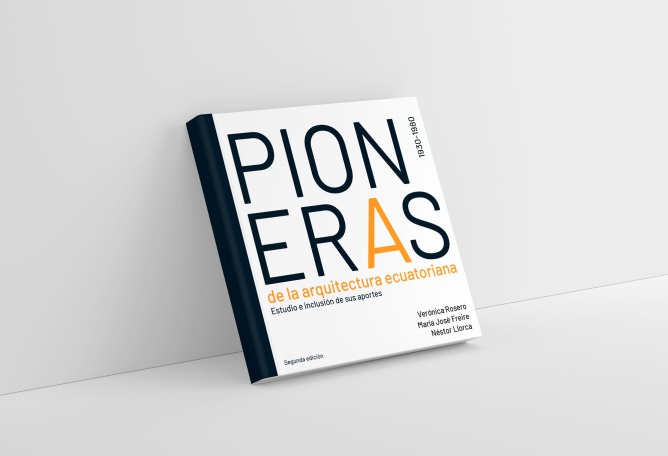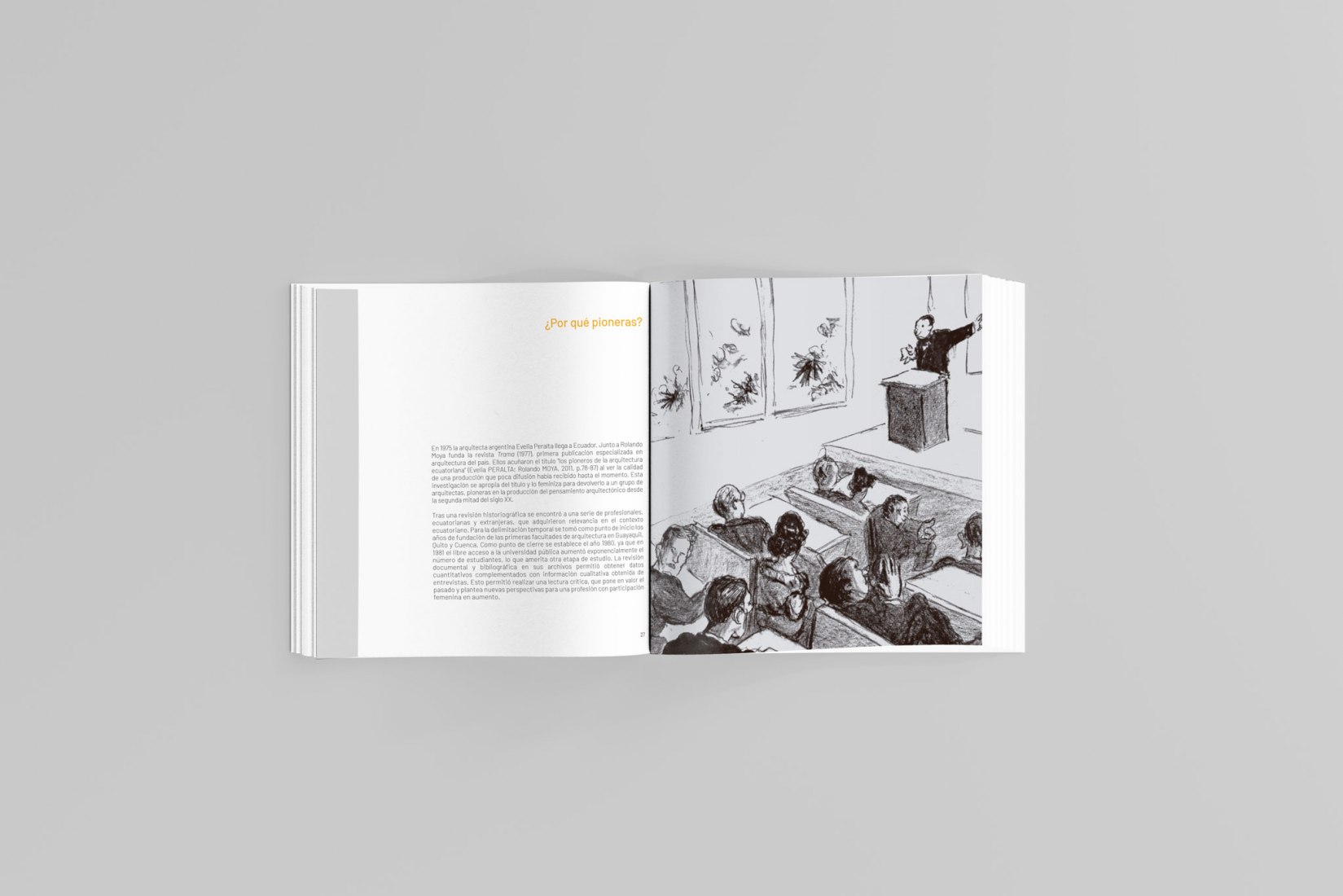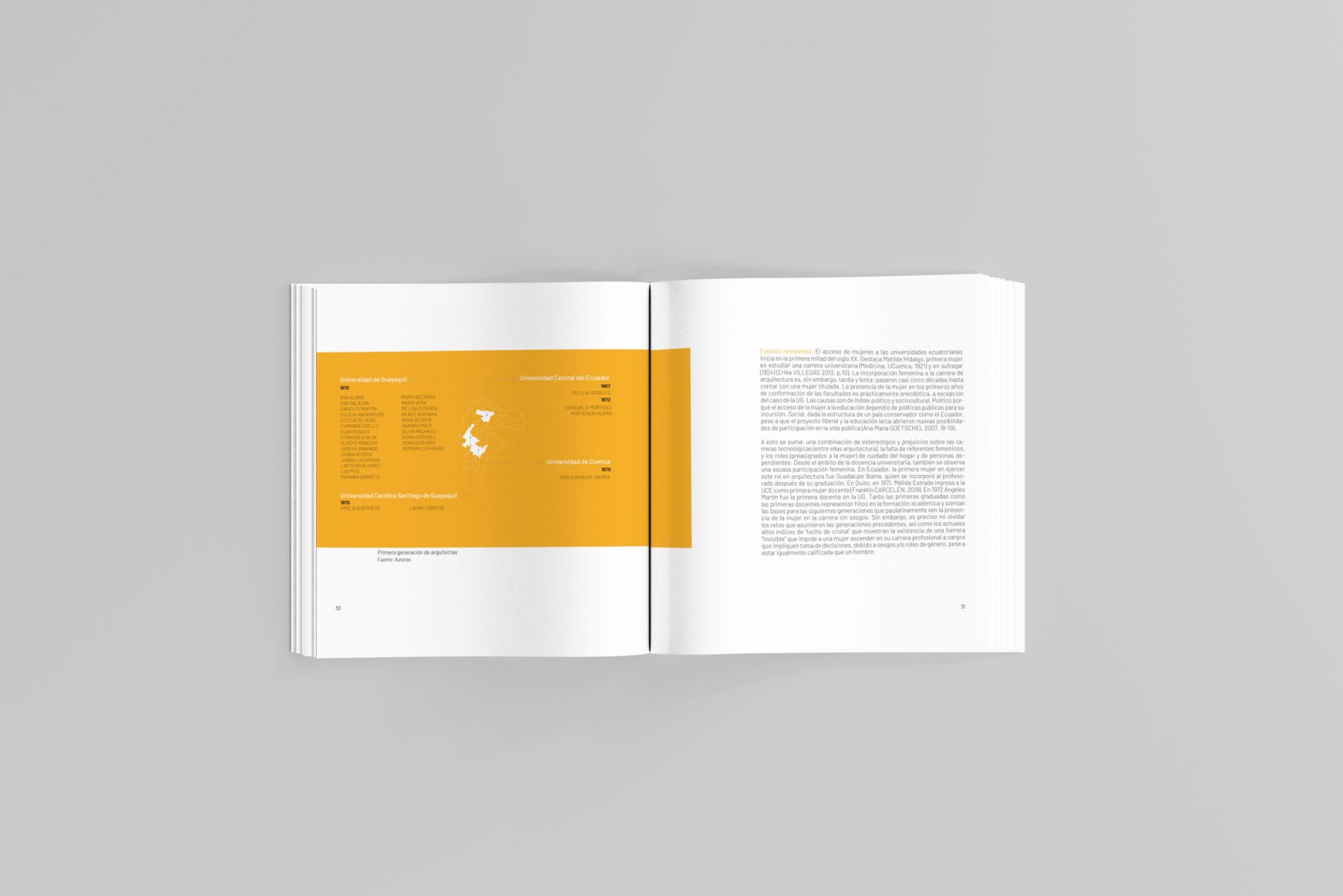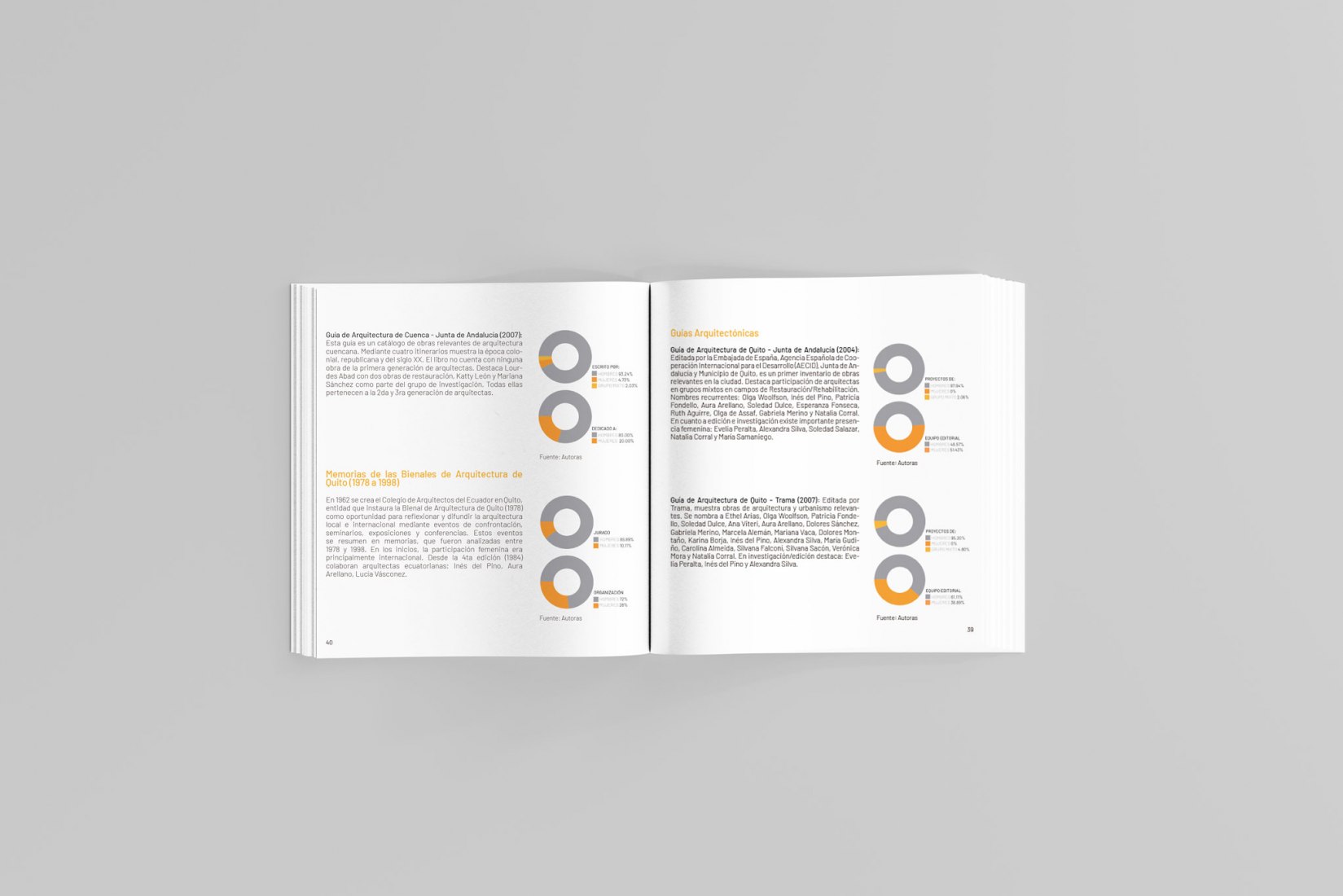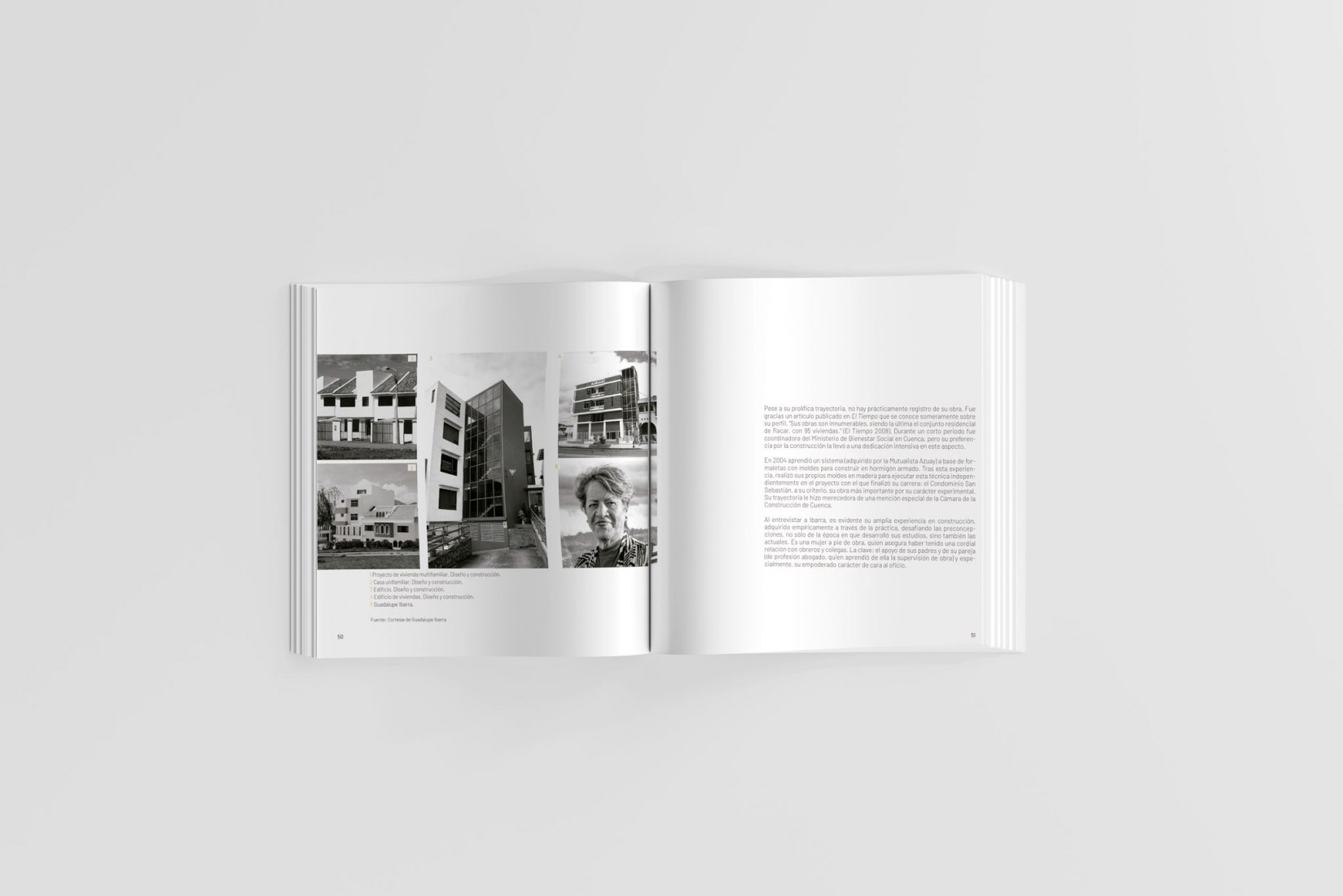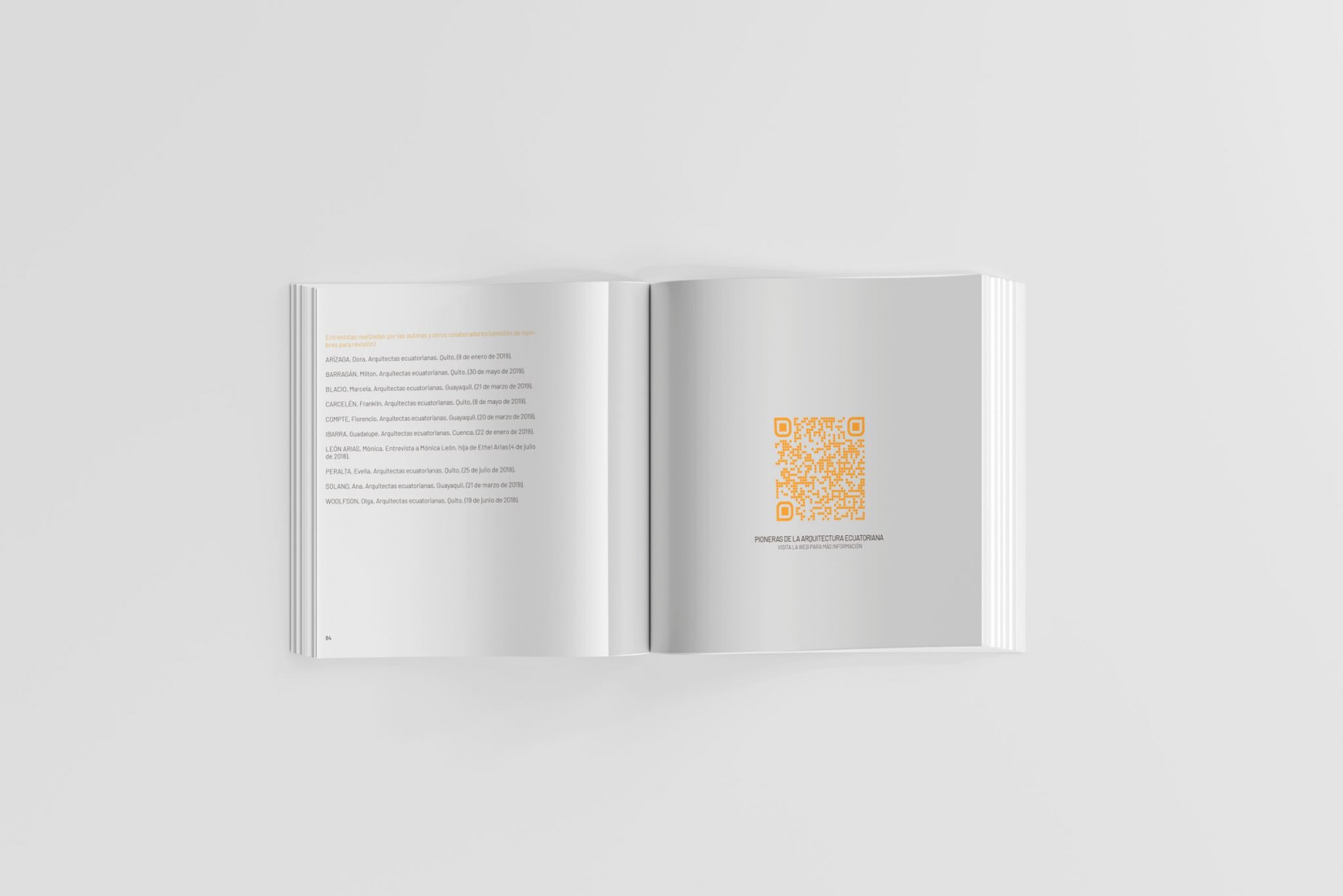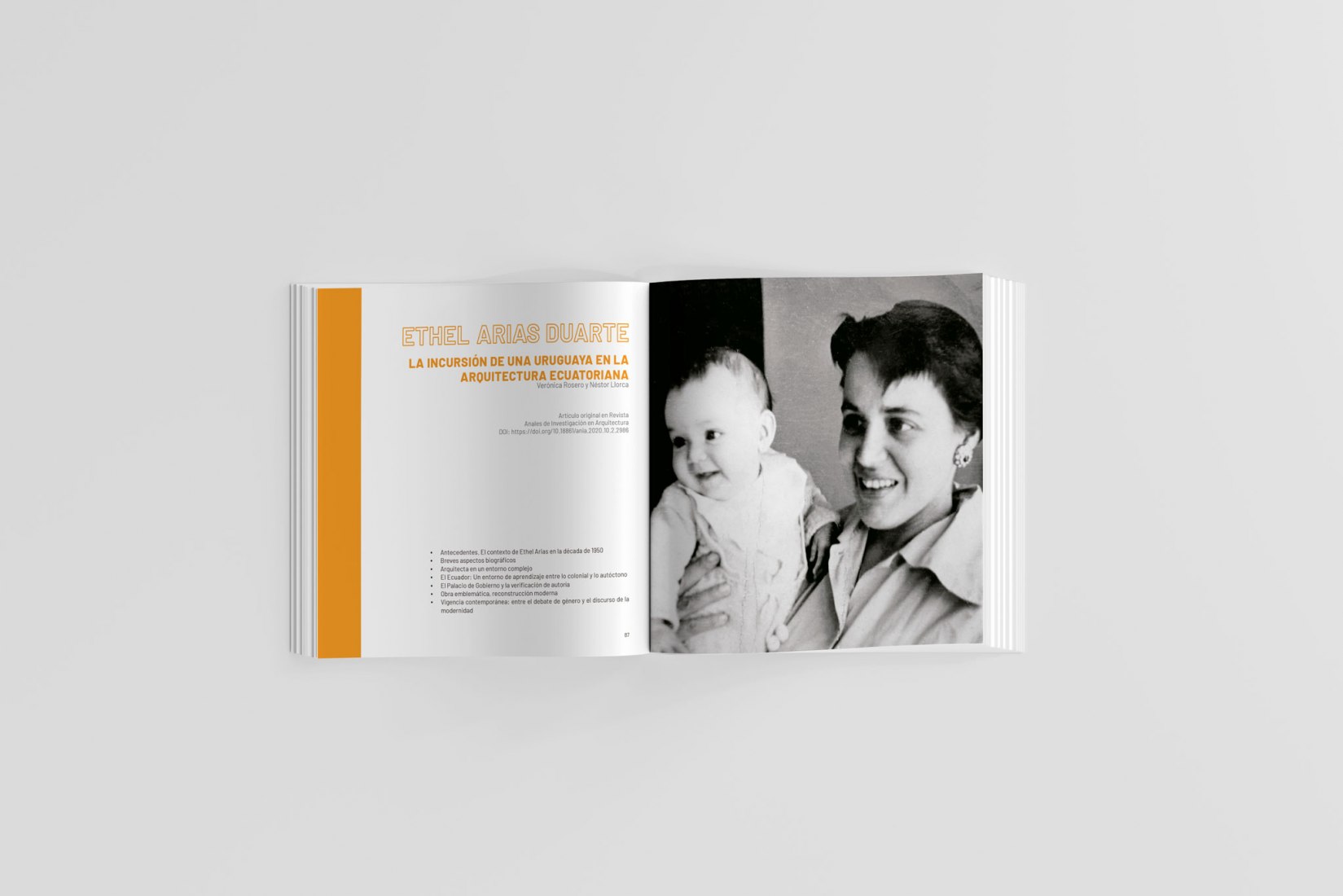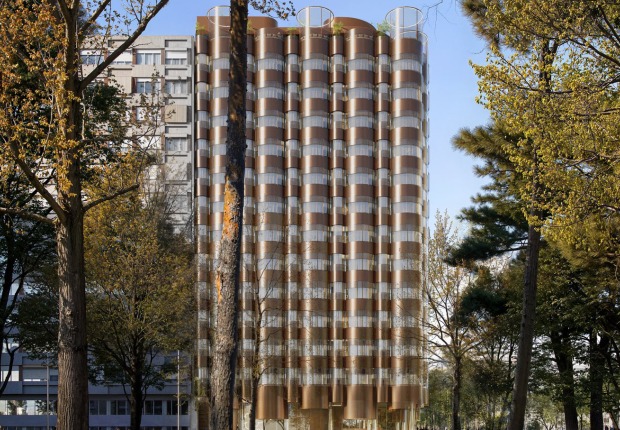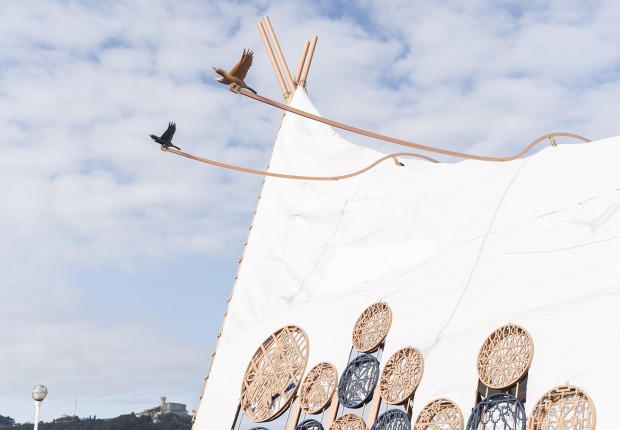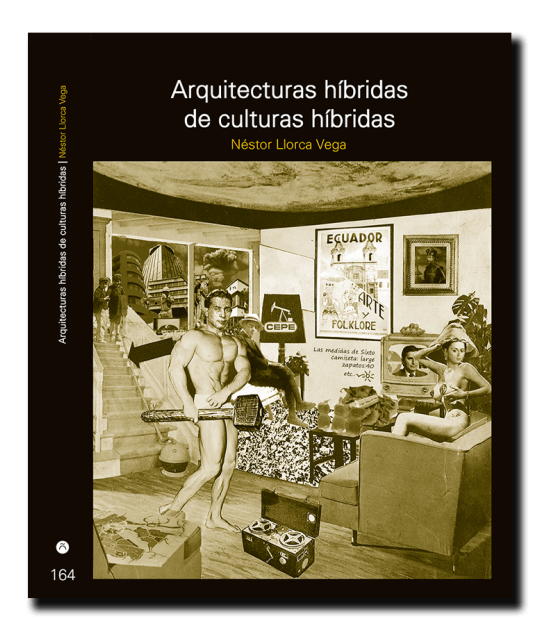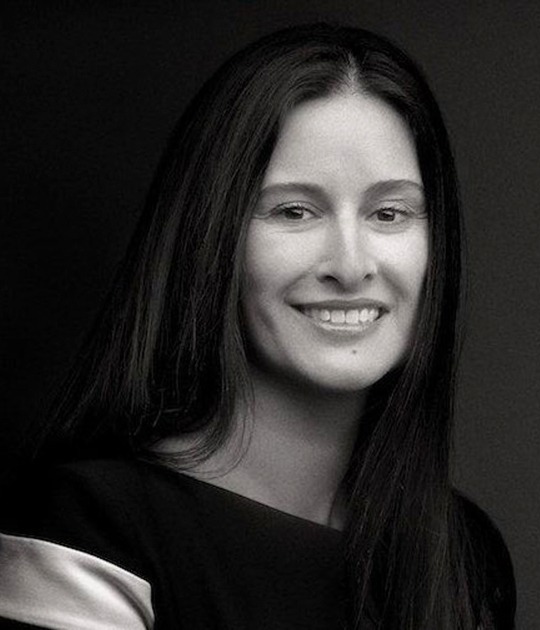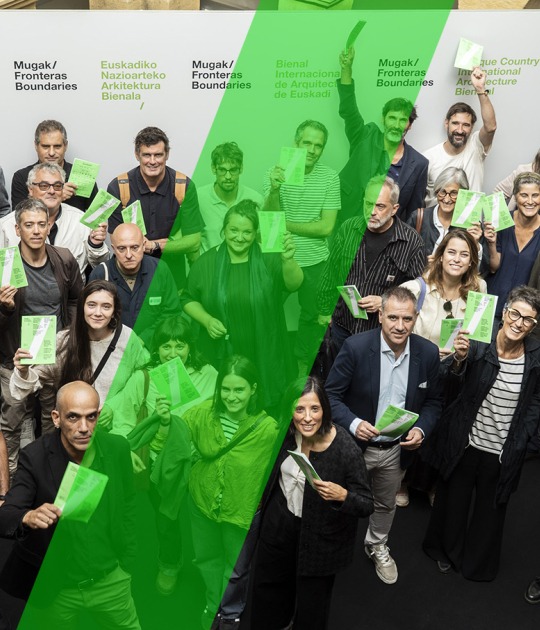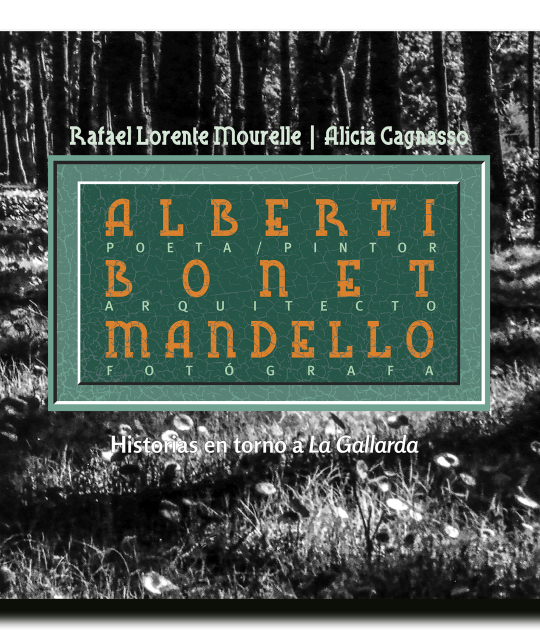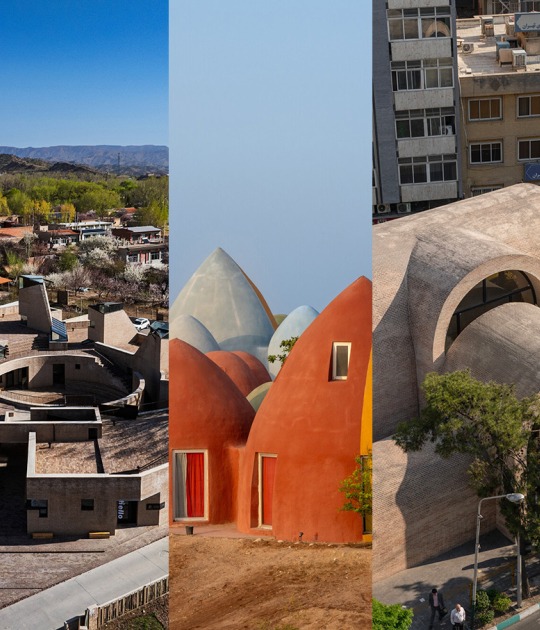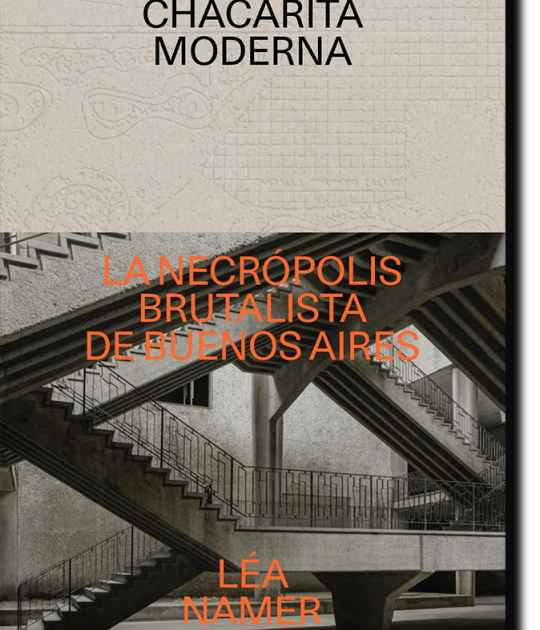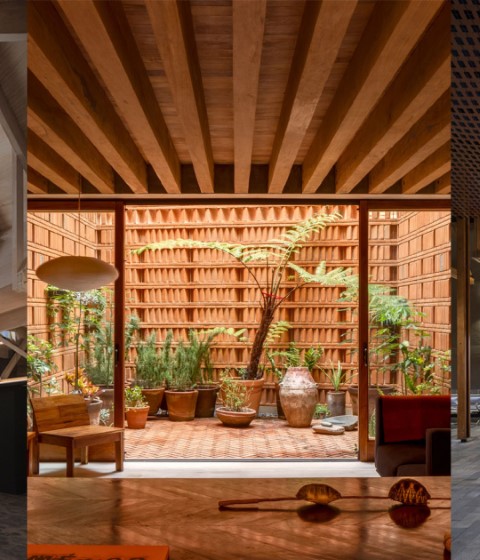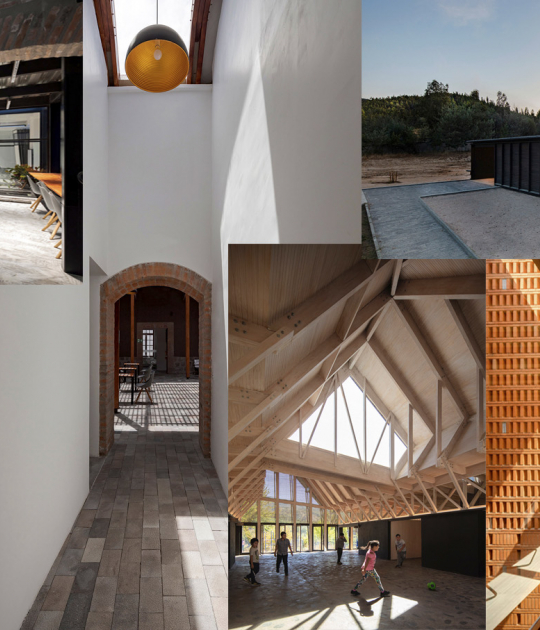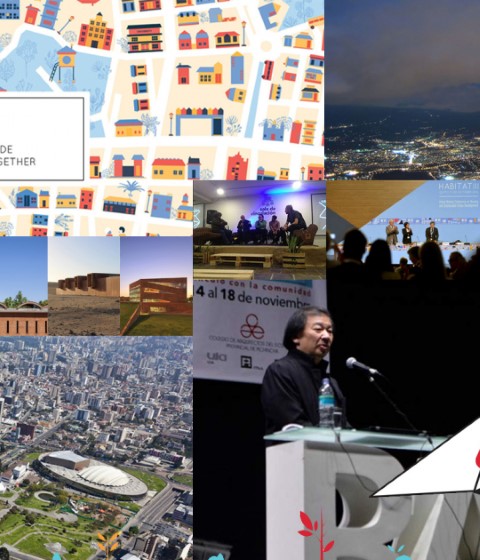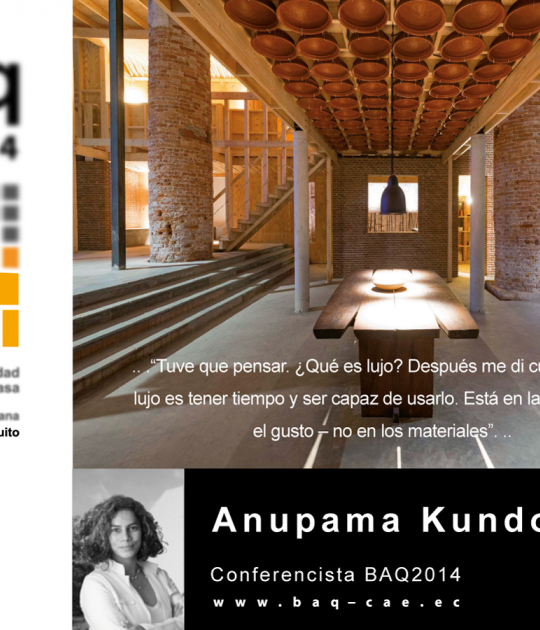"Pioneras de la arquitectura ecuatoriana / Women Pioneers of Ecuadorian architecture" reconstructs history from a new perspective, through an intensive review of the past in degree certificates of women graduates between 1950 and 1980 in the first Architecture Schools in Ecuador (Quito, Cuenca, and Guayaquil), as well as their presence in specialized media.
The current situation during the fourth feminist wave demands that debt be covered: relevant women are added to the consolidated imaginary of the men pioneers to complement the complexity of the built space, historically narrated from male contributions.
In 1931 Otilia Plaza entered the School of Architecture in Guayaquil but did not finish her studies. Ethel Arias, Uruguayan, was the first woman to practice architecture in the country. Cecilia Rosales, Colombian, was the first woman to graduate. Today the presence of a higher percentage of women in the classrooms and the profession is eminent, but we follow in the footsteps of those few women architects who transgressed social norms to be able to be in the spaces in which we currently perform with relative naturalness.
"Pioneras de la arquitectura ecuatoriana / Women Pioneers of Ecuadorian architecture" makes visible the women who stood out in project and construction, academia and theory, urbanism and society, heritage, and restoration. The research claims the intellectual production of this first generation, is highlighted for its historical-theoretical production. They are pioneers and thinkers.
The second feminist wave of 1970 gave us to society the first Ecuadorian women architects. With this project, we work for the responsibility of historiographic knowledge and replace the minute of fame with the consolidated reference and thus, complement not only the imaginary of the profession but the teaching in the classrooms through a "new" bibliography.
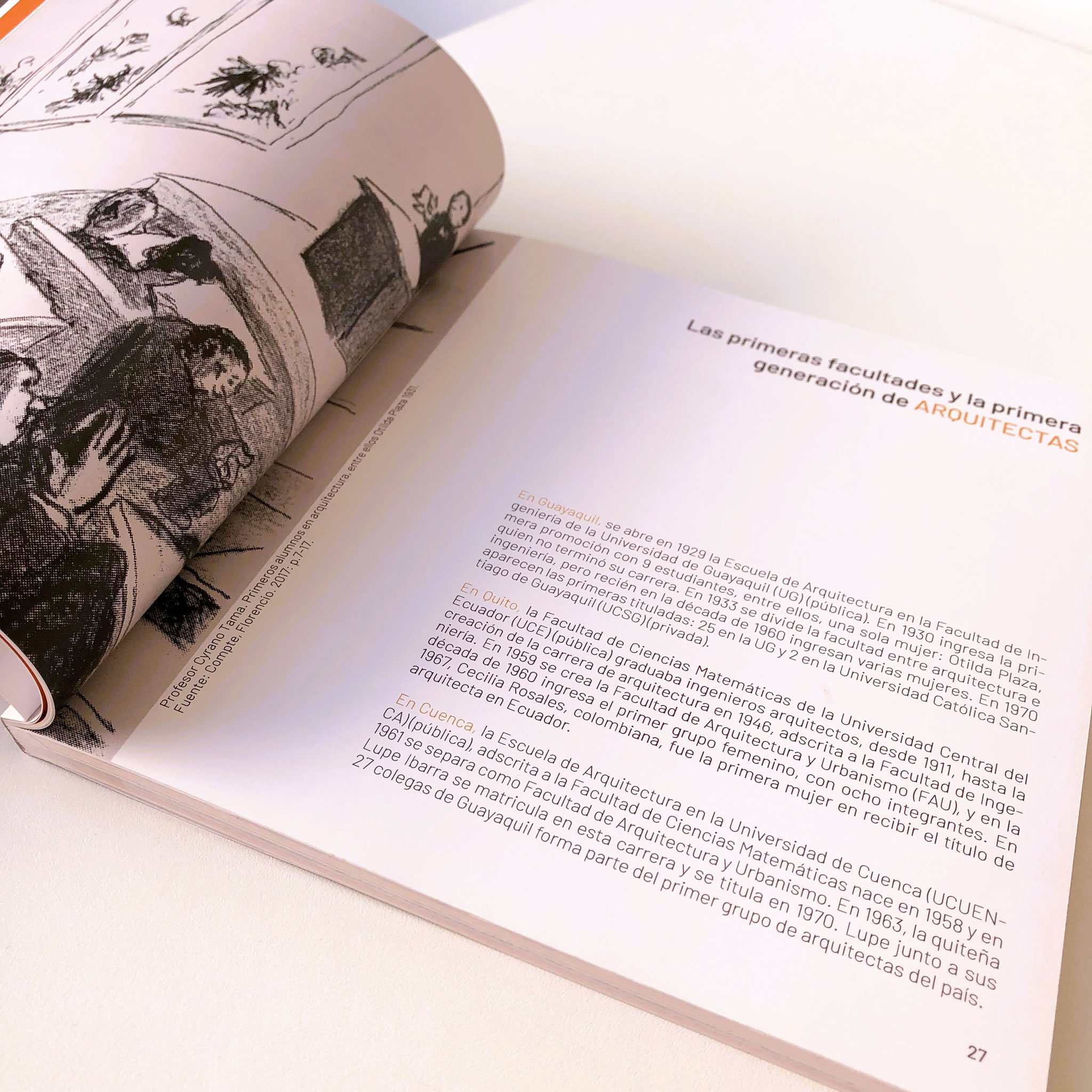
Interior pages. "Pioneras de la arquitectura ecuatoriana, 1930-1980 / Women Pioneers of Ecuadorian Architecture" by Rosero, Freire and Llorca.
The book as an «object»
Nowadays, the role of a physical book is much broader than that of containing printed information. The nostalgia of the smell, the texture, and the appropriation of the object when we place our name on the first page, are sensitive but weak issues if we do not allow the union between the physical and the virtual world. Therefore, those of us who wrote "Women Pioneers" sought a way to merge the characteristics of the book as a physical object and as a link to platforms of all kinds.
From there emerged the virtual exhibition, the book in digital format, videos posted in the cloud, interviews, launches in both "worlds", and multiple QR links to information that allowed us to create a wide network of people interested in the research, in taking the book to other countries and languages and, above all, to understand that the visibility of the historical layer of women's participation in architecture is a pending debt in many places.
The printed copy is the root of a tree of information that grows every day thanks to the virtual format.
